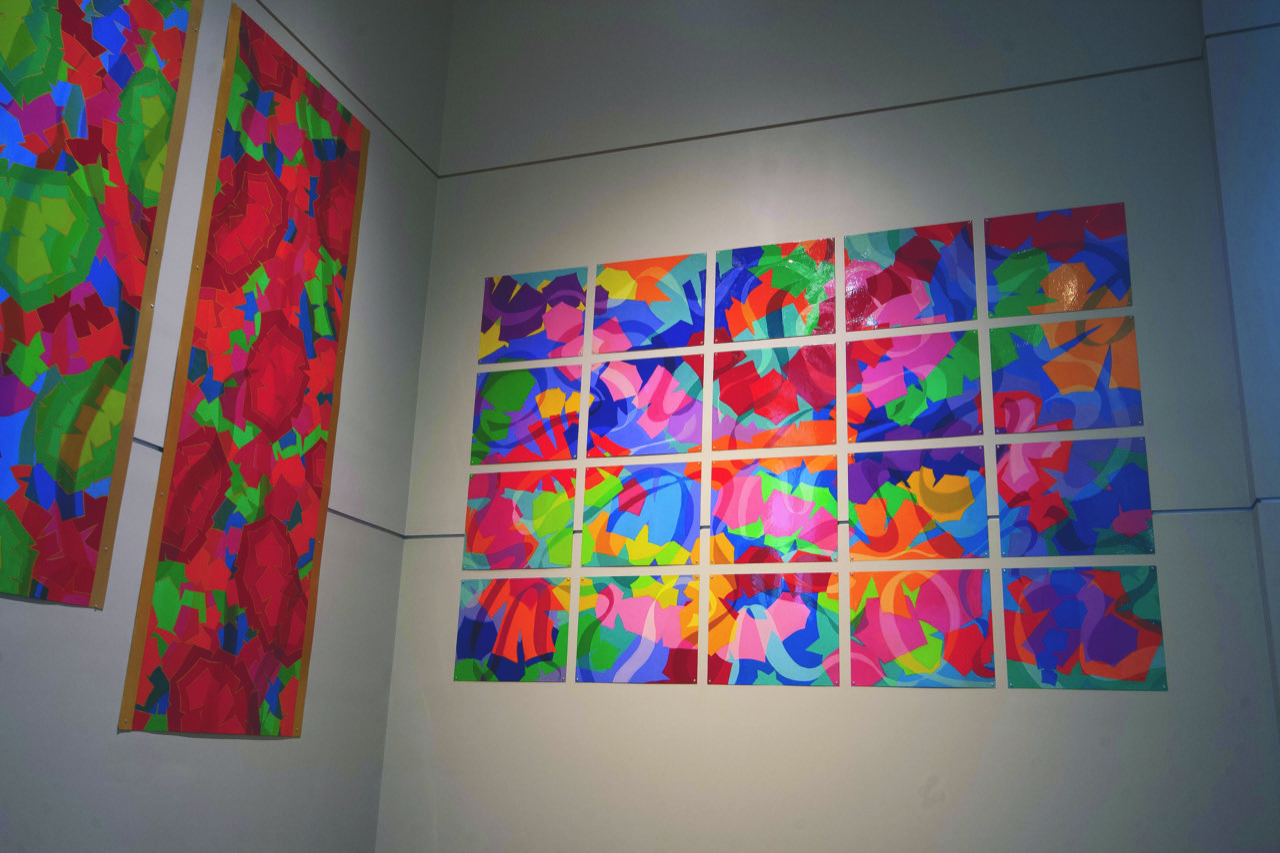

"Centennial Installation" was originally part of an exhibit at Rockerfeller Center Plaza in New York City.
The McGlothlin Center for the Arts at Emory & Henry College, Emory, Virginia, displays an installation by renowned artist Dorothy Gillespie in honor of the 100th anniversary of her birth and women’s suffrage.
“Centennial Installation,” which was originally part of an exhibit at Rockerfeller Center Plaza in New York City, recognizes the artistic contributions of this leader of the Women’s Movement during an important celebration of voting rights for women.
In addition, an Artalk focused on Gillespie, her art and female empowerment is scheduled for April 6. Led by her son, Gary Israel, the discussion begins at 7:30 p.m. at the McGlothlin Center amphitheater, which is located alongside the walls that display the installation.
Gillespie’s work has been famous both nationally and internationally. She began as a painter and transitioned into sculpture before ultimately developing her signature style – dazzling installations that transformed a variety of venues into environments of sheer joy.
Currently on display in the McGlothlin Center for the Arts are large, brightly colored panel displays consisting of enamels on aluminum. The panels are part of a previous installation at the Rockefeller Plaza in New York City that Gillespie mounted in 1997. Other components of the installation are on exhibit in Radford and Roanoke.
During the 1960s and 1970s, Gillespie became respected as a major American artist in spite of working in a field where gender influenced the reputation and opportunities of the individual. “Because of those challenges, she became not just a participant in the Women’s Movement, but a leader,” said Charles Goolsby, chair of the Emory & Henry Division of Visual and Performing Arts.
Gillespie vigorously advocated for equal opportunity and recognition for women in the arts and their achievements. At one point in 1970, she demonstrated by picketing the Whitney Museum of Art. She served as co-coordinator of the Women’s Interart Center in New York and board member of the Woman’s Caucus for the Arts. She was named Outstanding Woman of Virginia by James Madison University and was recognized with the Women of Distinction Award by Birmingham Southern College.
In addition to the Centennial Installation, which will be on display at the McGlothlin Center for the Arts through the next year, Emory & Henry exhibits “Color Dance,” a Gillespie sculpture from 1992. Through some three feet of metallic twists of color, this piece expresses the struggles of feminine empowerment through turning angles and dynamic movements.
Centennial Installation is made possible through the efforts of the Dorothy Gillespie Foundation, the Emory & Henry College Art Department, support from the E&H Division of Visual & Performing Arts, the McGlothlin Center for the Arts, and the College’s Facilities Management.